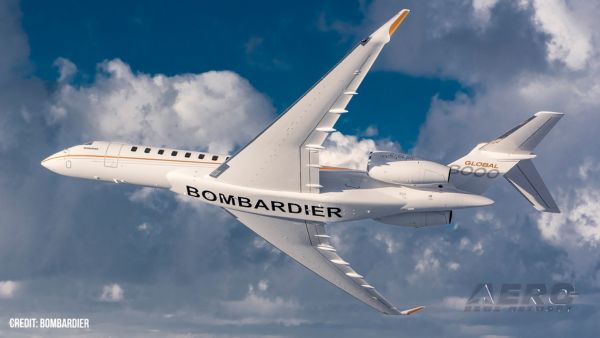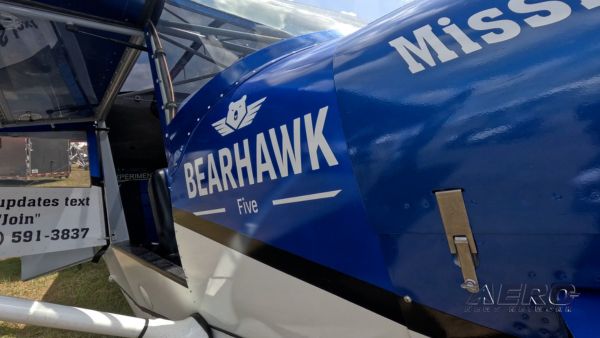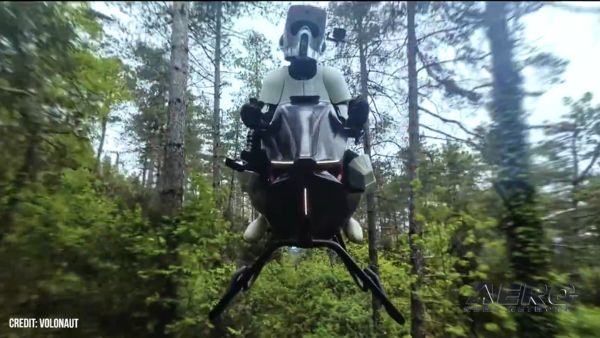Fri, Feb 20, 2004
The DoD has partnered
with the FAA to give enlisted mechanics in the military the same
credentials as their civilian counterparts. For Sailors and
Marines, the Navy and Marine Corps Airframes and Powerplant Program
(NMCAPP) has been established at the Center for Naval Aviation
Technical Training (CNATT), to ensure all aviation technicians are
given the opportunity to earn the federal agency’s industry
standard certification. In the past, military experience was not
widely recognized by the FAA, significantly decreasing Sailor and
Marine marketability in the civilian sector.
“Trying to get a civilian job without an A&P License
is similar to trying to gain access to a military base without the
proper credentials--almost impossible,” said CNATT NMCAPP
Officer, Lt. Cmdr. Gabe Castro. “Well, that time is gone.
There are now certifications in place for Sailors and Marines which
allow our mechanics to enroll in the A&P [airframes and power
plants] licensing program.”
In order to enroll, participants must meet basic eligibility
requirements, being 18 years of age, an E-4, and having 36 months
or more in service. It will take about 30 months to complete the
entire program, which includes completing a Qualification Training
Package and passing a series of written and oral exams, as well as
passing a practical test. After successful completion of the
program and required exams, each participant will receive the
airframes and powerplants certification from the FAA.
The benefits to Sailors
and Marines include no out-of-pocket expenses, as well as the
ability to use their military experience and on-the-job training
toward certification. Many non-military universities and vocational
technical schools offer FAA-approved classes, but the cost
associated with these courses can be overwhelming, even with
tuition assistance and assistance from the GI Bill.
“Its one of the great new ways we are taking care of our
Sailors and Marines,” said CNATT Gunnery Sergeant, Gunnery
Sgt. Anthony Sosa. “It shows young Sailors and Marines that
we are interested in their future as they continue their careers in
the Navy and Marine Corps, but also after they leave their service
and embark upon a civilian career.” [ANN Thanks Lt. j.g. Doug
Johnson, Center for Naval Aviation Technical Training Public
Affairs]
More News
“From the beginning, the RV-15X’s performance has been very good, as reported and demonstrated in videos. However, we’ve continued to work hard to achieve the con>[...]
Handoff An action taken to transfer the radar identification of an aircraft from one controller to another if the aircraft will enter the receiving controller's airspace and radio >[...]
Aero Linx: The de Havilland Moth Club Ltd The de Havilland Moth Club evolved from a belief that an association of owners and operators of Moth aeroplanes should be formed to create>[...]
Also: Blackhawk’s Replacement, Supersonic Flight, Archer 1Q/25, Long-Range VTOL Program U.S. Secretary of Transportation Sean P. Duffy released an update on progress being ma>[...]
Also: Tentative AirVenture Airshow Lineup, Supersonic Flight Regs, Private Pilot Oral Exam Guide, Boeing Deal The sport aircraft business can be a tough one... especially when Moth>[...]
 Aero-News: Quote of the Day (05.20.25)
Aero-News: Quote of the Day (05.20.25) ANN's Daily Aero-Term (05.20.25): Handoff
ANN's Daily Aero-Term (05.20.25): Handoff ANN's Daily Aero-Linx (05.20.25)
ANN's Daily Aero-Linx (05.20.25) Airborne-NextGen 05.20.25: Drone Regs, Zero-Emission Cargo, Door-Dash Drone
Airborne-NextGen 05.20.25: Drone Regs, Zero-Emission Cargo, Door-Dash Drone Airborne 05.19.25: Kolb v Tornados, Philippine Mars, Blackhawk Antler Theft
Airborne 05.19.25: Kolb v Tornados, Philippine Mars, Blackhawk Antler Theft


